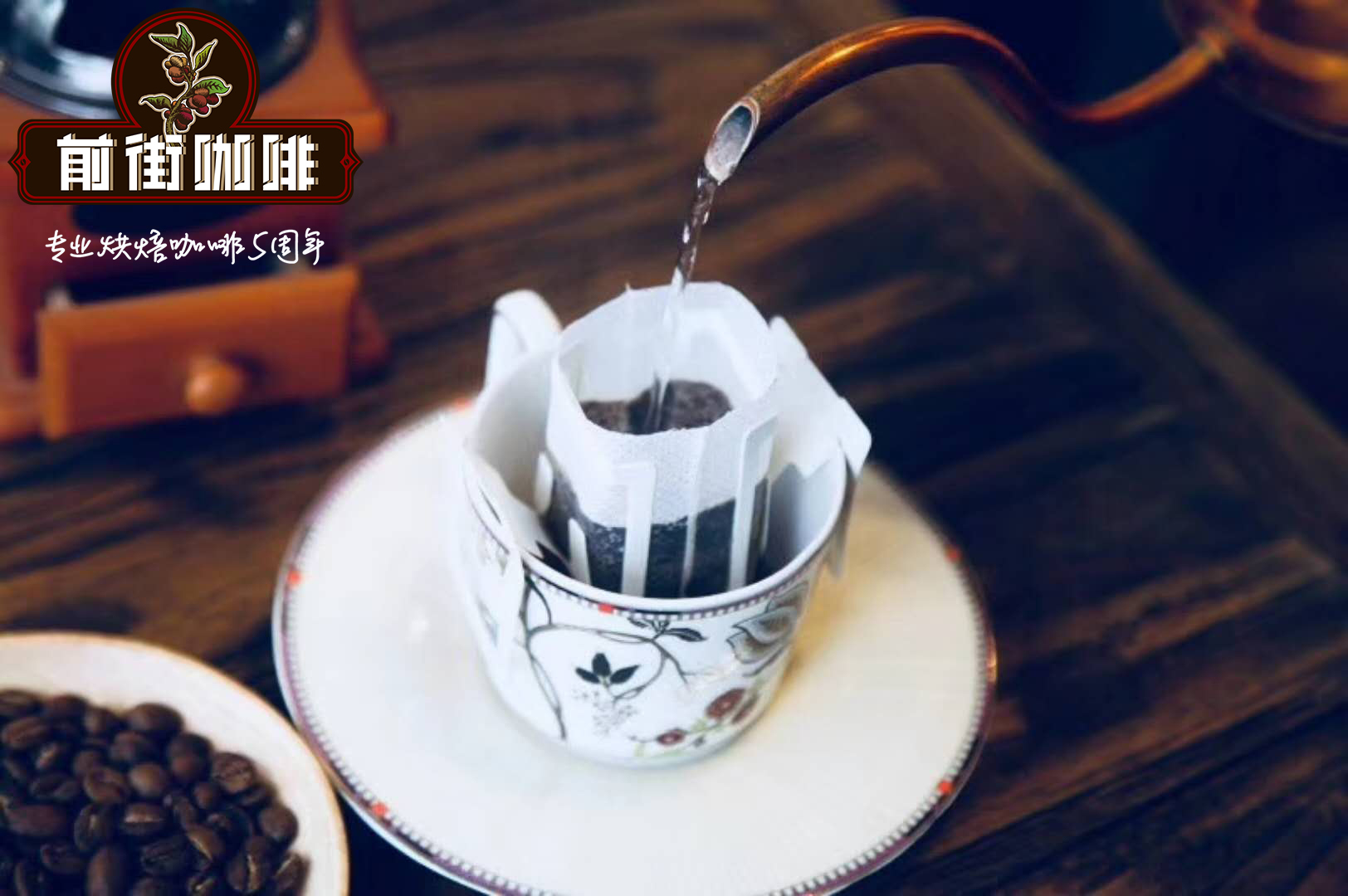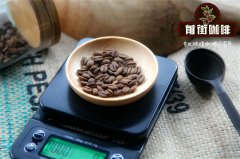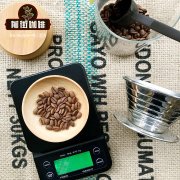How do you treat Katim flavor by anaerobic fermentation in Carlos Farm, Copan Province, Honduras?

Carlos Alfredo Estevez (Carlos Alfredo Estevez) is a second-generation coffee farmer headquartered in Cocun, Corpan, Honduras.
Carlos's parents planted a variety of crops all their lives, from sugar cane to tobacco, riding the wave of price fluctuations until they finally settled down to grow coffee, which was good for their generation.
He is a trained agronomist, starting his career as a consultant to several farmers, teaching them in farm management, especially by promoting access to specialty coffee. In this way, he can learn all about the cultivation and processing of coffee. From plant nutrition to innovative fermentation and drying methods, Carlos has gone through all the processes to make the most of coffee.
So Carlos decided to apply this experience to his plantation. He selected the highest plot in the area at an altitude of 1500 m and planted a number of varieties, including Lempira,Paraninema and IHCAFE90. The latter is Catimor, a cross between Timor and Caturra hybrids, obtained by the Hondure ñ odelCaf é Institute (IHCAFE) in the early 1990s. The microbatch of Nero Scuro consists entirely of this variety.
The microbatch was prepared by mass fermentation (impregnation) for 72 hours, and then dried on an elevated bed for about 40 days. Carlos decided to soak a lot to bring the body to a new height while still maintaining excellent sweetness and pleasant acidity.
In the cup test, the coffee has aromas of milk chocolate, Strawberry Milkshake and wine, medium Body, apple acidity and sweet fermented wine.
Country of origin: Honduras
Region: Corquin, Copan area, Copan Province
Farm: Carlos Alfredo Estevez
Altitude: 1500 m
Variety: Katim (IHCAFE 90)
Processing method: fermentation for 72 hours and slow drying on viaduct bed
Taste test: Apple, milk chocolate, strawberry
Important Notice :
前街咖啡 FrontStreet Coffee has moved to new addredd:
FrontStreet Coffee Address: 315,Donghua East Road,GuangZhou
Tel:020 38364473
- Prev

San Ana Volcano La Reforma Manor in El Salvador introduces the advantages of growing coffee in El Salvador
The Alvarez family has been making coffee in the hills of Mount Santa Ana in the western part of the country for more than 100 years for four generations. Fertile volcanic soil and mild climate provide ideal conditions for coffee cultivation. The Finca La Reforma owned by the Alvarez family covers an area of more than 36 hectares, mainly growing red bourbon varieties. Coffee trees use shading techniques
- Next

Introduction of strawberry flavor in experimental batches of anaerobic treatment
The estate is located in the city of Bol í var in Antioquia, Colombia. Juan Saldarriaga owns more than 18 hectares of coffee. The full-time staff is three, managed by Juan, and there are about 60 seasonal workers during the harvest. The micro batch prepared by anaerobic experiment is only 5 kg. We bake 250g in batches with a small Co for competitive coffee
Related
- Detailed explanation of Jadeite planting Land in Panamanian Jadeite Manor introduction to the grading system of Jadeite competitive bidding, Red bid, Green bid and Rose Summer
- Story of Coffee planting in Brenka region of Costa Rica Stonehenge Manor anaerobic heavy honey treatment of flavor mouth
- What's on the barrel of Blue Mountain Coffee beans?
- Can American coffee also pull flowers? How to use hot American style to pull out a good-looking pattern?
- Can you make a cold extract with coffee beans? What is the right proportion for cold-extracted coffee formula?
- Indonesian PWN Gold Mandrine Coffee Origin Features Flavor How to Chong? Mandolin coffee is American.
- A brief introduction to the flavor characteristics of Brazilian yellow bourbon coffee beans
- What is the effect of different water quality on the flavor of cold-extracted coffee? What kind of water is best for brewing coffee?
- Why do you think of Rose Summer whenever you mention Panamanian coffee?
- Introduction to the characteristics of authentic blue mountain coffee bean producing areas? What is the CIB Coffee Authority in Jamaica?

